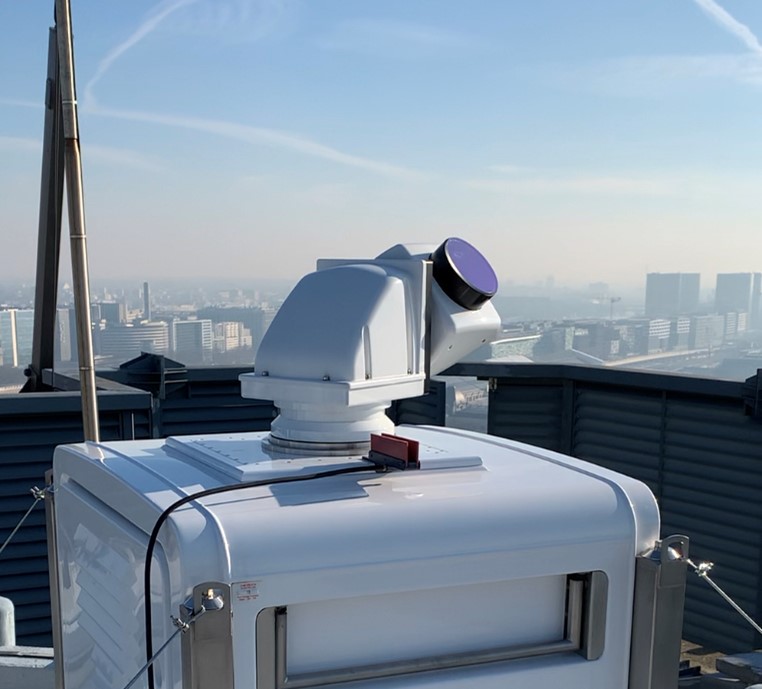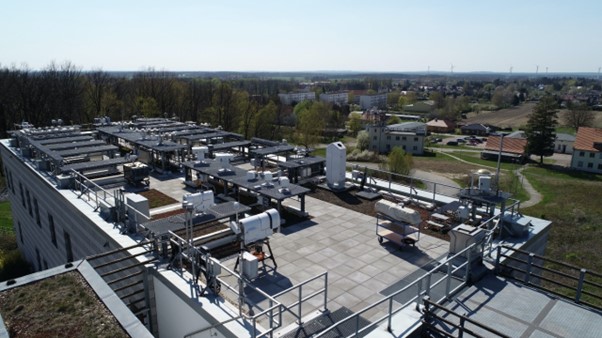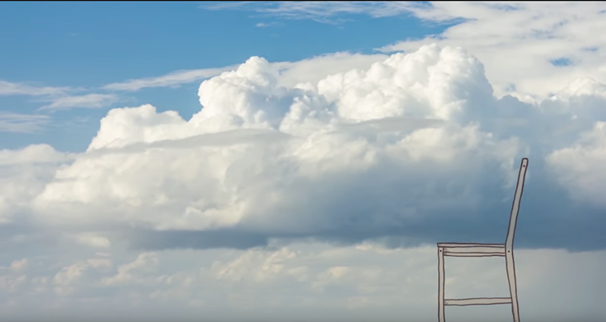The atmospheric boundary layer (ABL) is the layer closest to the Earth’s surface within which most human activities take place. The vertical profile of atmospheric parameters (such as temperature, humidity, wind, turbulence, clouds, and aerosols) in the ABL impacts weather, air quality, and climate.
Surface sensor networks and satellite observations do not provide sufficient information on the high temporal variability and strong vertical gradients experienced in the ABL. Thus, ABL remains the single most important under-sampled part of the atmosphere.
Consequently, this observational gap currently poses a substantial obstacle to improving accurate weather and air quality forecasts and monitoring, and climate model parameterisations.
In the realm of high-technology ABL profiling instruments, operators often face challenges due to the complex nature of these systems. A common issue is the lack of expertise in determining the most suitable measurement setup and adhering to the best practices necessary for fully leveraging the data.

To optimise the operation of ABL profiling sensors, it is imperative to implement appropriate measurement configurations, consistent maintenance procedures, absolute calibration, post-processing, and quality control measures.
Recognising this, there is a need for comprehensive operational guidelines and standardised processing procedures. These guidelines are essential to ensure that the output of sensor networks attains maximum quality and consistency, thereby enhancing the value derived from the investment made in their deployment and operation.
The ground-based remote sensing instruments able to provide ABL profiles (such as temperature, humidity, wind, aerosol, and cloud) are currently deployed at numerous sites in Europe. Still, the harmonisation of data and procedures is missing, limiting the effective use and societal benefits of the existing ABL profiling data.
Introducing PROBE COST Action
In this context, the COST Action Profiling the atmospheric Boundary layer at European scale (PROBE) promotes recent advances in profiling the atmospheric boundary layer (ABL) using ground-based remote sensing and instrument networks. The ABL is a complex system, playing a key role in numerous aspects of weather, climate, and air quality with significant impacts on society and the economy. The understanding, monitoring, and forecast of ABL features require interdisciplinary knowledge, ranging from fundamental science, technology engineering, and operational skills. PROBE puts together an interdisciplinary group of experts that includes Universities (Physics, Atmospheric Science, Meteorology agencies); national research institutions; European Research and Technological Development organisations; and instrument manufacturers.
“PROBE is a very original network where we connect stakeholders from diverse economic sectors such as the energy industry, urban planners, air quality agencies, weather services, satellite agencies, with scientific experts in ABL remote sensing measurements and products, and instrument manufacturers. In particular, the scientific networking in PROBE has led to significant advances in recommendations for optimized Doppler Lidar operations and tools for wind-turbulence profile retrievals.”
Dr Martial Haffelin, Chair of PROBE
Dr. Domenico Cimini, the Action main proposer and Vice-Chair, adds “The ABL impacts the amount of energy we produce with renewable sources. Wind profiling instruments are nowadays widely used by the wind energy industry to optimize their yield. We expect this to increase and extend to other ABL profiling instruments as we facilitate data access and demonstrate the added value.”
Launched in 2019, the PROBE COST Action gathers stakeholders and scientists from 30 European and 7 non-European countries cooperating to measure wind, aerosol, temperature, humidity, and cloud profiles from the ground, using continental-scale networks of remote sensing instruments. Continuous monitoring is fundamental to increase the accuracy of weather and air quality forecasts and to generate alerts in case of extreme conditions to safeguard our health.

How graphics can explain complex science with success
In 2022, the Action produced a video, to convey such a key complex topic to a non-expert audience. The video “Atmospheric boundary layer: the Layer where we live” received a prize in a contest organised by the Italian Meteorological Association (AISAM) as part of their fourth National Congress, held in Milan, Italy.
The innovative graphics in the video explains intuitively what happens in the atmospheric layer closest to the Earth’s surface.
They also have a great 6 part short video series explaining (new) technology that can assist in the profiling of the atmospheric boundary layer:
Recommendations and tools
The PROBE network has also developed precise recommendations to support operations of Automatic Lidar and Ceilometers (aerosol and cloud remote sensing), Doppler Lidars (wind and turbulence profiling), Microwave Radiometers (temperature and humidity profiles), and Cloud Radars (cloud profiling). The PROBE network also put together new open-source codes to derive geophysical variables that are of interest to diverse user groups products, such as wind and profiles in the boundary layer for the energy sector, air quality, and urban weather applications.
By better targeting the needs of various stakeholders, the PROBE network can provide tools and recommendations to pave the way for advancements in the profitable use of ABL profiling measurements. This collaborative effort not only addresses the current gaps in knowledge but also contributes significantly to the refinement of instruments, measurement procedures, and retrieved products for a broad spectrum of applications.

